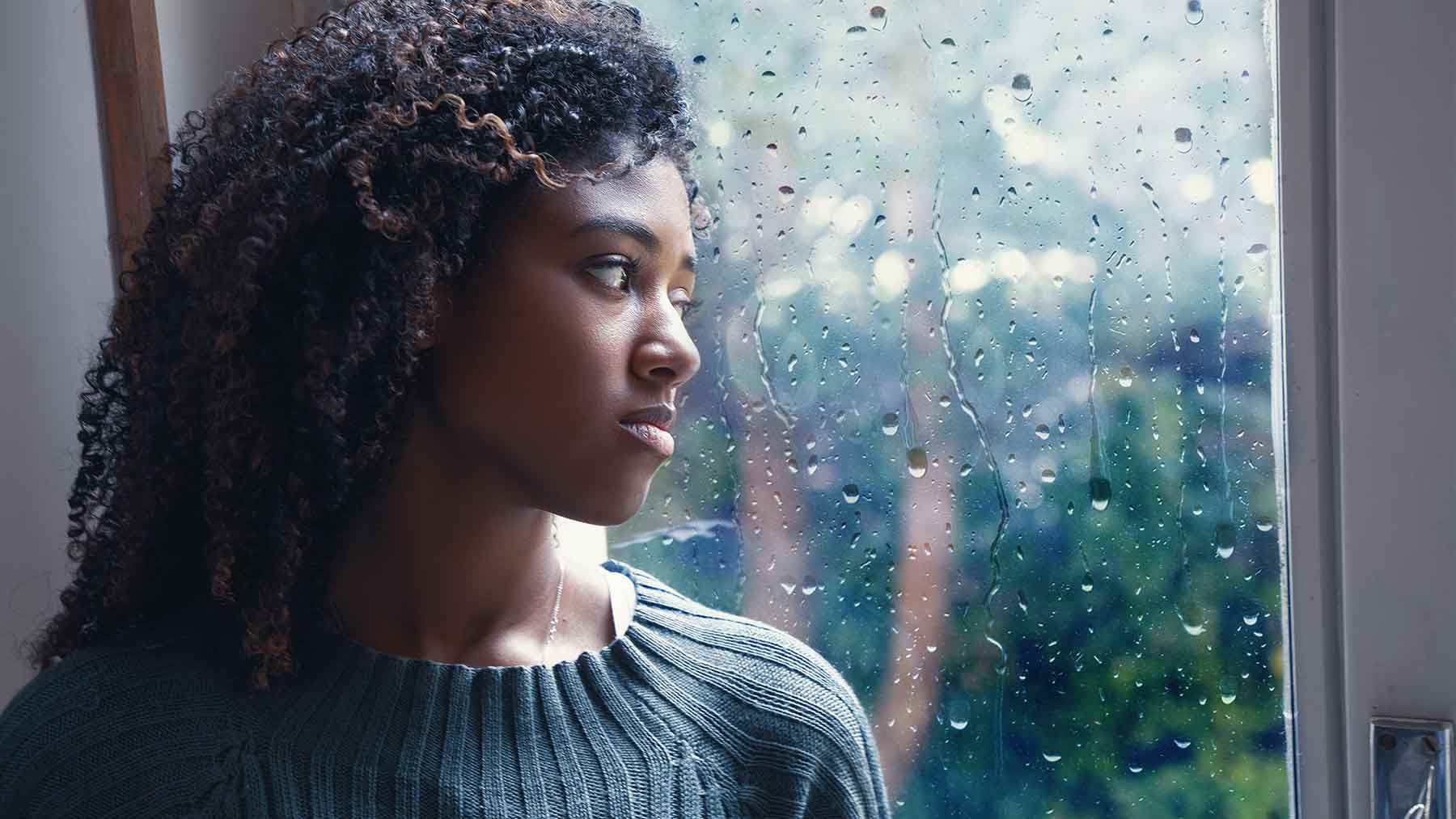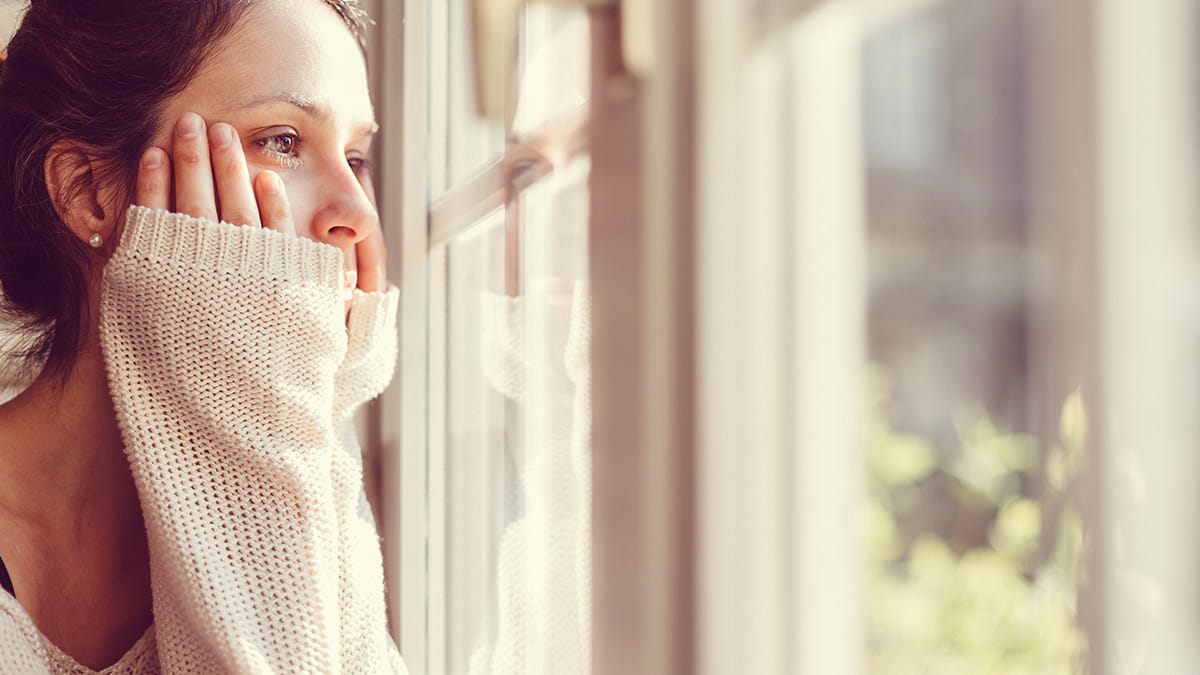The pandemic could make the winter blues worse—here’s how to fight back

Editor’s note: As what we know about COVID-19 evolves, so could the information contained in this story. Find our most recent COVID-19 blog posts here, and learn the latest in COVID-19 prevention at the Centers for Disease Control and Prevention.
People who tend to feel down or sluggish each year during the winter months may have what’s commonly called winter depression. For some, months of social isolation due to the pandemic may make things more difficult.
Seasonal affective disorder, or winter depression, affects up to 5% of the population. However, the incidence can depend on where you live. Those living in Alaska are up to 10 times more likely to experience winter depression than those living in Florida.
What is seasonal affective disorder?
Seasonal affective disorder is diagnosed when a patient with a mood disorder, such as major depressive disorder or bipolar disorder, experiences mood symptoms at the same time each year. It isn’t a separate disorder, but rather a subtype of an existing illness. Winter depression is the most common type of seasonal affective disorder.
What are the symptoms of seasonal affective disorder?
Winter depression symptoms include low mood, low interest, increased sleep, increase appetite, weight gain and social isolation. It’s thought to be caused by a mismatch of our body's natural circadian rhythms with the amount of daylight we experience in winter. If it’s dark outside while we’re still awake, our body produces melatonin, which can trigger sluggishness and low mood.
How to prevent seasonal affective disorder?
These symptoms may be exacerbated by months of limiting social interaction during the pandemic but there are things you can do now to keep those symptoms at bay:
- Practice good sleep hygiene by having a set bedtime and wakeup time
- Take daily walks outside
- Eat healthy foods
- Avoid the misuse of substances like alcohol
- Exercise at least 30 minutes a day
- Make and keep plans with family and friends virtually or outdoors following CDC mask and physical distancing recommendations
How is seasonal affective disorder treated?
Treatments for seasonal affective disorder can include lifestyle interventions, antidepressants, light therapy and psychotherapy. For mild to moderate seasonal affective disorder, some patients opt to use light therapy alone. Light therapy is administered with a 10,000 lux lightbox used daily in the morning for approximately 30 minutes. For comparison, a typical household lightbulb is around 100 lux. Patients can expect to see improvement in symptoms within a few weeks.
For more severe seasonal affective disorder, treatment options may include adding antidepressants with light therapy to more thoroughly treat symptoms. Psychotherapy can also be helpful in combination with other treatments to target negative thoughts about winter and to develop healthy coping strategies.
We always recommend consulting with your primary care provider before trying any new treatment option.
Samar McCutcheon is a psychiatrist specializing in depressive, bipolar and anxiety disorders at The Ohio State University Wexner Medical Center and an assistant professor in the Ohio State College of Medicine.




